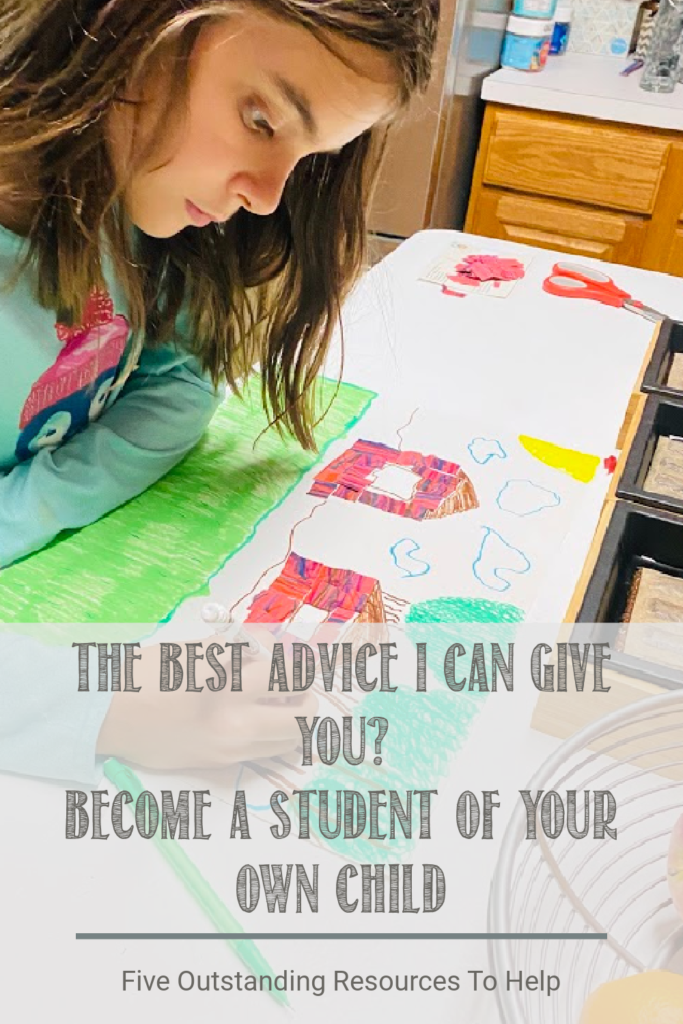Will AR glasses provide this type of information in real-time? #AI, #NLP, smartclassrooms #edtech [Christian]
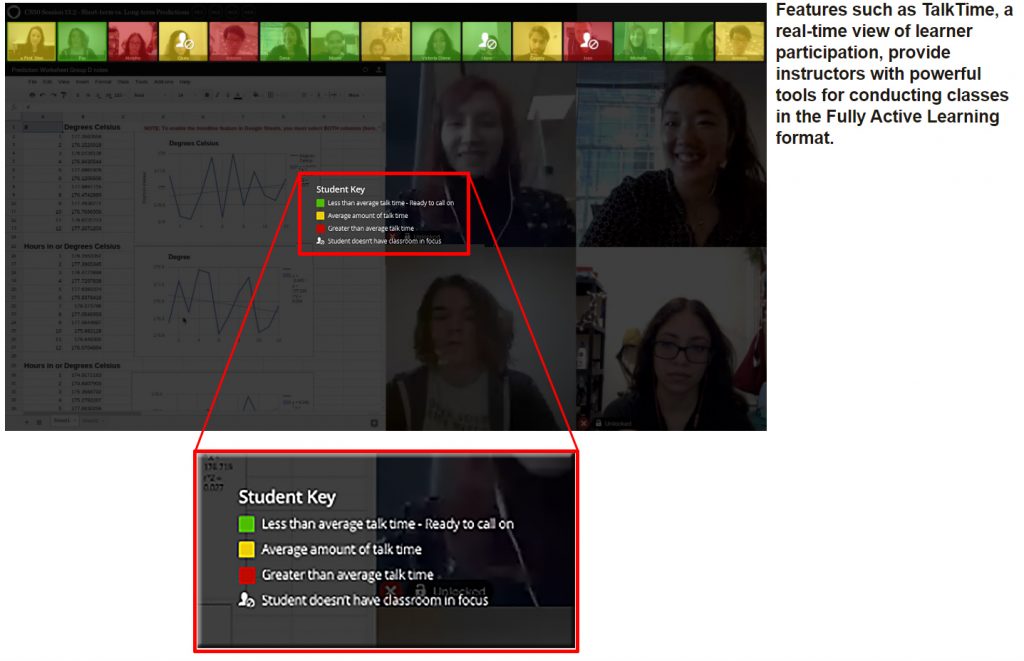
.
DSC:Modified image which was originally from Minerva.com > Forum Learning Environment




Will AR glasses provide this type of information in real-time? #AI, #NLP, smartclassrooms #edtech [Christian]

.
DSC:Modified image which was originally from Minerva.com > Forum Learning Environment
Transforming the classroom with augmented learning — from thetechedvocate.org by Matthew Lynch
Excerpt:
Forbes documented the many ways that augmented reality (AR) has come to life in recent years. They list several award-winning apps that use AR. A few are:
But what about the classroom? Can we see a future in transforming the classroom with augmented learning?
From DSC:
Along the lines of developing creativity with edtech…
I saw another item recently about Book Creator, something that’s made this blog before. I love that type of tool because it promotes creativity, unleashes a student’s imagination, promotes their artwork and writing/storytelling and their musical or acting abilities, and it develops skills in design and developing multimedia-based artifacts. For teachers, it could be a nice project-based learning exercise.
I asked our youngest daughter if she would like to use it…we’ll see. You can get a free account that allows you to publish up to 40 books. (Plus there is pricing for schools and districts.)
And who knows…? This type of thing might just produce the next J.K. Rowling or a J.J. Abrams.

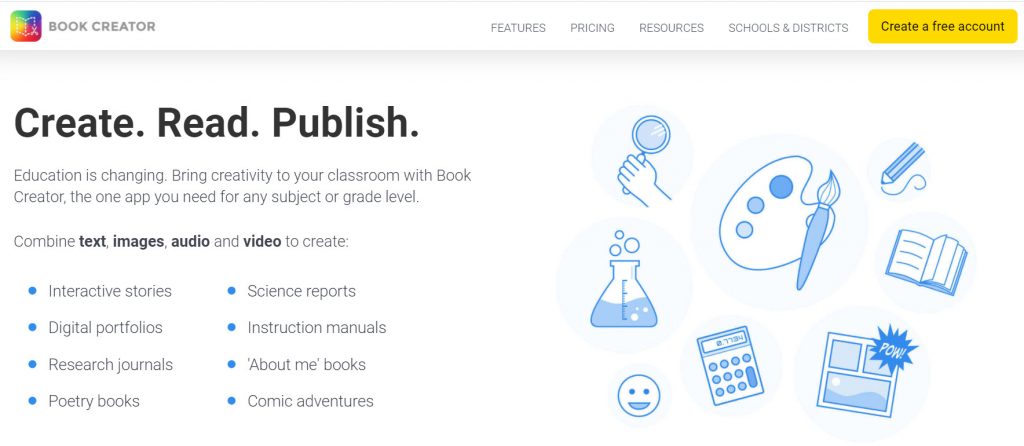
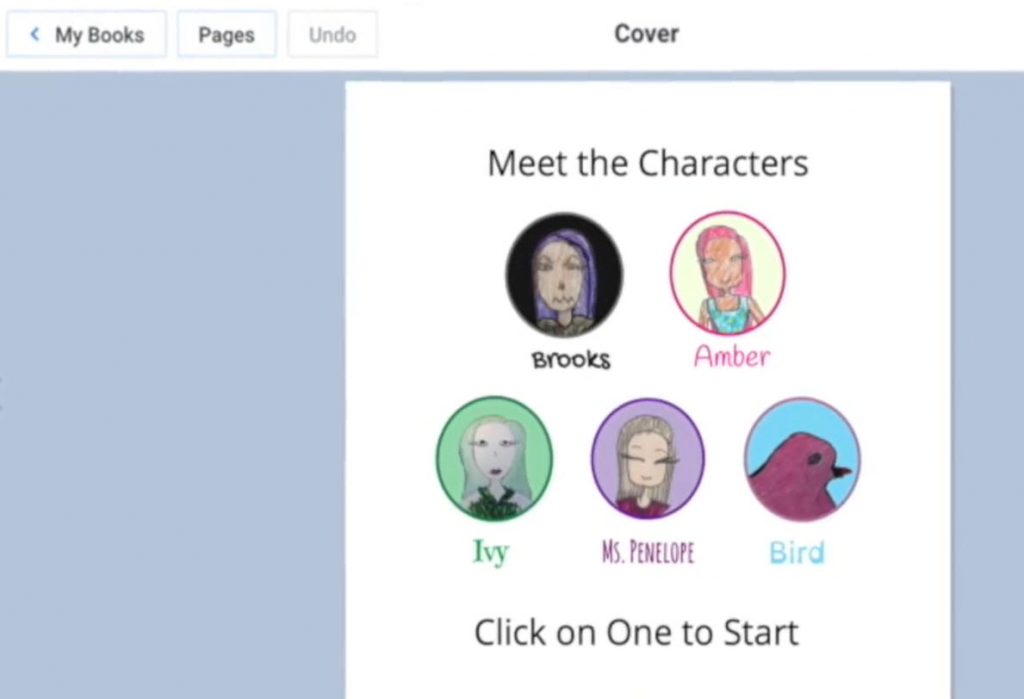
Reimagining Education: What to Keep/What to Ditch — from techlearning.com by Matthew X. Joseph
When reimagining education, the focus needs to be on finding and keeping the best learning practices
We have a unique opportunity to look at programmatic and philosophical shifts to promote energetic and curious learners.
Lights, Camera, Action! 5 Ideas for Student-Created Video Assignments — from barbihoneycutt.com by Barbi Honeycutt, Ph.D.
Excerpt:
Here are 5 ideas for student-created videos. I hope these ideas inspire you to mix up your assignments and assessments to increase student engagement and improve learning.
Judith [Dutill] mentioned that students’ knowledge of and comfort with communicating by video is a 21st century skill that we need to prepare them for.
From DSC:
One of our daughters — who just graduated from college with a degree in Early Education — told me about a fun tool for classroom management. It’s called ClassroomScreen.com. I just thought I’d pass it along in case you want to try it out!
“Support your class activities, stimulate engagement and help your students get to work by using the intuitive tools of Classroomscreen.”
She also mentioned:
When Should You Use Branching Video Scenarios for eLearning? — from learningsolutionsmag.com by Bill Brandon
Excerpt:
Among the many changes today in the way we think about learning and training is the shift from knowledge transfer to skill development. Scenario-based learning (SBL) and the inclusion of practice with feedback are often overlooked but in many cases more effective approaches to the development of skill and competence.
What’s a scenario?
A scenario is a type of story; it presents learners with a situation in a way that engages them and places them in the situation. Scenarios are a methodology for quickly creating and delivering content to an audience based on needs and feedback. Scenarios are closely related to microlearning, and in fact some microlearning employs short scenarios as the main method of delivery. Learners are able to make decisions, solve problems, apply knowledge, and practice skills. The scenario presents challenges like the ones the learners will face in real-life situations.
The story is important! In his book Scenario-based Learning: Using Stories to Engage Learners, Ray Jimenez says, “The design of scenario-based training requires the craftsmanship of a storyteller, an instructional designer, and a subject matter expert.”
The best advice I can give you: Become a student of your child — from raisinglifelonglearners.com by Colleen Kessler
Excerpt:
One of the best pieces of advice I give a parent is to become a student of their child. To really pay attention and discover what your child is interested in, passionate about, or wants to explore further so you can use that information to design the best homeschool ever. In today’s episode, we revisit a conversation with Andrew Peterson all about how to practically become students of our children. You will also find all of our best resources for becoming a student of your child…
From DSC:
It will be interesting to see — post Covid19 — how vendors and their platforms continue to develop to allow for even greater degrees of web-based collaboration. I recently saw this item re: what Google is doing with their Project Starline. Very interesting indeed. Google is trying to make it so that the other person feels like they are in the same space with you.
.
Time will tell what occurs in this space...but one does wonder what this type of technology will do for online-based learning, and/or hybrid/blended learning, and/or hyflex-based learning in the future…?
Tools to Boost Student Engagement at the End of the Year — from gettingsmart.com by Rachelle Dene Poth
Excerpts:
From DSC:
My wife recently told me about The Thrive Learning Center. Though we don’t have any of our kids there, it looks very interesting to me! They offer play, choice, agency, a learning community, a chance to pursue one’s interests, and more! I wish we had seen this several years ago. But maybe it will help someone else out there reenvision what learning could look and be like.
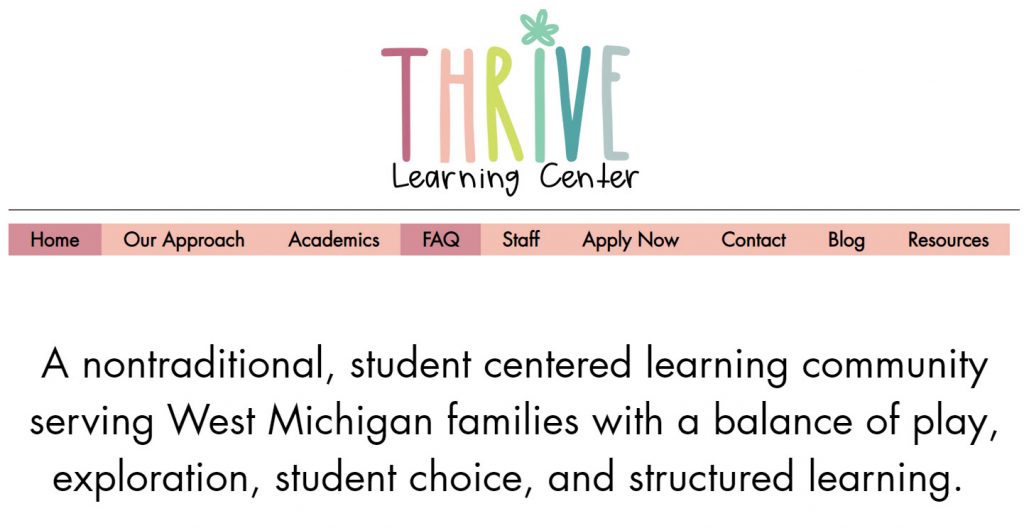
Excerpt from Education Research Is Still Too Dense. We Need More Teacher-Researcher Partnerships. — from edsurge.com by Kristin Simmers
Get to know reputable organizations that are linking research to practice, such as Deans for Impact, The Learning Scientists, Student Experience Research Network, and The Learning Agency Lab.
Making VR a Reality in the Classroom — from er.educause.edu by Cat Flynn and Peter Frost
Faculty and staff at Southern New Hampshire University piloted virtual reality in an undergraduate psychology course to see if it can be an effective pedagogical tool.
Excerpt:
Meeting the Learning Needs of Gen Z and Beyond
While this study was conducted with current SNHU undergraduates, our team aimed to understand the implications of immersive learning for both today’s students and future learners.
…
Given Gen Z’s documented love for gaming and their desire for higher education to equip them with problem-solving and practical skills, VR provides a confluence of experiential learning and engagement.
From DSC:
Cost and COVID-19 are major issues here, but this is an interesting article nonetheless.
I think Virtual Reality (VR), Mixed Reality (MR), and Augmented Reality (AR) will play a significant role in the future of how we learn. It may take us some time to get there, but I believe that we will.
Hiperwall Introduces Cost-Effective ‘Essentials’ Video Wall Hardware and Software Packages — from hiperwall.com with thanks to Michael Farino for this resource
Hiperwall Essentials video wall bundles eliminate barriers to entry for organizations wanting enhanced collaboration, clearer communication, and the ability to make informed real-time decisions
Excerpt:
February 24, 2021 – IRVINE, Calif., – Hiperwall Inc., an industry-leader in commercialized, IP-based visualization technology, today introduces ‘Hiperwall Essentials,’ two all-inclusive video wall hardware and software bundles that get users started with a full-featured, control-room grade video wall powered by Hiperwall for just $9,995.
Most major decisions made in the public and private sectors are driven by vast amounts of data. Due to the volume of data sources, data complexity, and different analytics tools, video walls have become the perfect canvas for decision-makers to put all of this data together clearly to arrive at an informed decision faster and more confidently.
At a price point that effectively removes barriers to implementation for small to medium businesses, small government agencies, and local law enforcement, Hiperwall Essentials serves as a great baseline for integrating video wall technology into any organization. As dependence on the video wall grows, Hiperwall’s modular platform makes scaling the video wall footprint and capabilities seamless and cost-effective.
Below are some example settings:


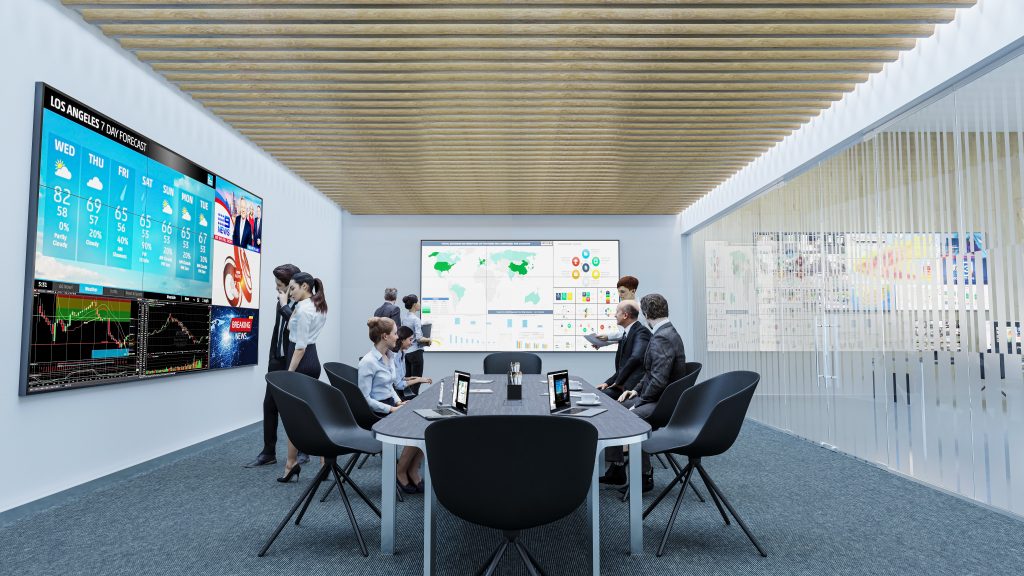

When the Animated Bunny in the TV Show Listens for Kids’ Answers — and Answers Back — from edsurge.com by Rebecca Koenig
Excerpt:
Yet when this rabbit asks the audience, say, how to make a substance in a bottle less goopy, she’s actually listening for their answers. Or rather, an artificially intelligent tool is listening. And based on what it hears from a viewer, it tailors how the rabbit replies.
“Elinor can understand the child’s response and then make a contingent response to that,” says Mark Warschauer, professor of education at the University of California at Irvine and director of its Digital Learning Lab.
AI is coming to early childhood education. Researchers like Warschauer are studying whether and how conversational agent technology—the kind that powers smart speakers such as Alexa and Siri—can enhance the learning benefits young kids receive from hearing stories read aloud and from watching videos.
From DSC:
Looking at the above excerpt…what does this mean for elearning developers, learning engineers, learning experience designers, instructional designers, trainers, and more? It seems that, for such folks, learning how to use several new tools is showing up on the horizon.
Best Online Educational Games for High School Students — from edtechreview.in by Saniya Khan
Excerpt:
…the introduction of educational games to kids helps increase their motivation and engagement, enhance visual skills, improve students’ interaction and collaboration abilities with their peers, and apply gaming values in a real-world situation; most importantly, it improves learning.
Learning Apps For Kids To Explore in 2021 — from edtechreview.in by Priyanka Gupta
Excerpt:
Living in a digital era and in times when technology has kept education going, let’s look at some promising learning apps for kids to explore in 2021.
